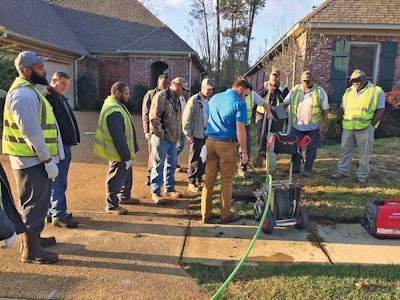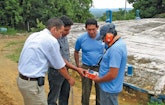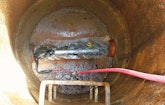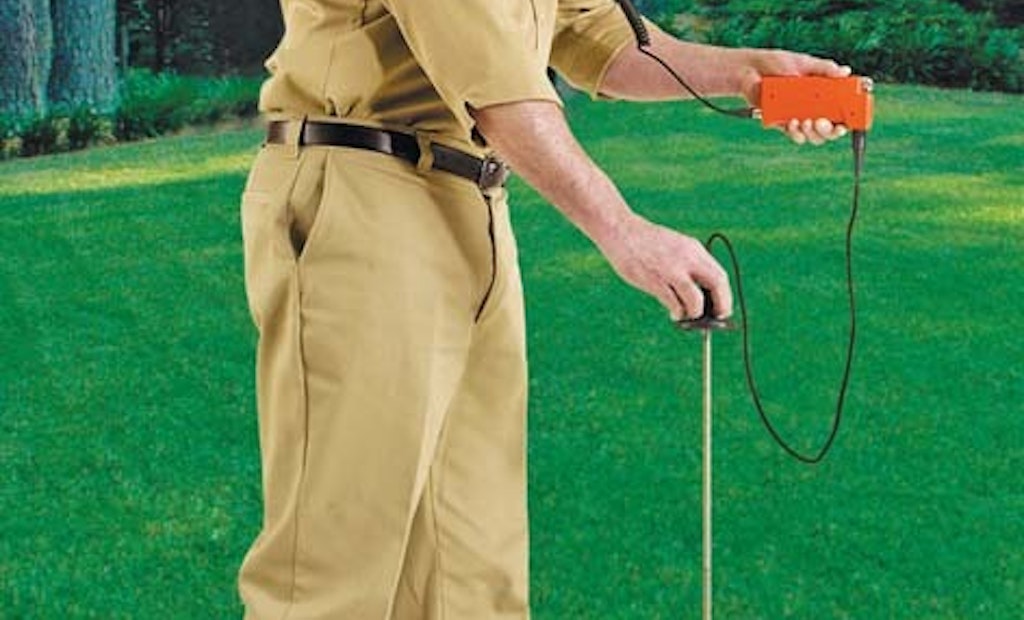Scanning system finds large leaks in recent CIPP project
Problem: A Tennessee-based sewer agency had Electro Scan conduct a pre-CIPP assessment of a 390-foot vitrified clay pipe, revealing 67 defects having a combined leakage rate of 16.5 gpm. Three months later, a contractor...









